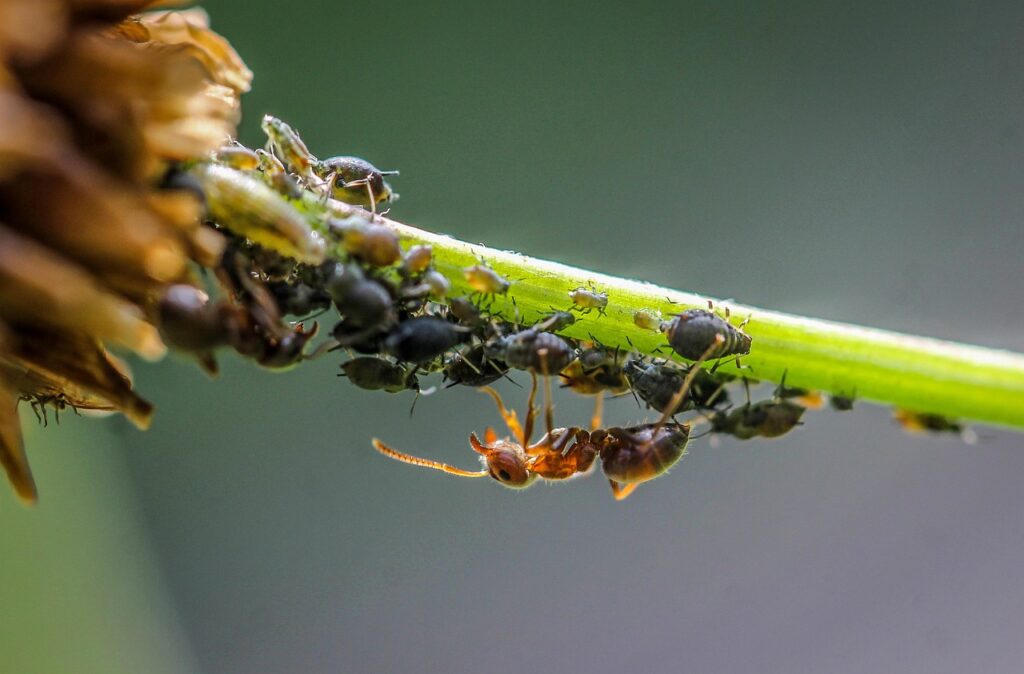For thousands of years, humans have turned to some of nature’s most unsettling creatures for healing. While the thought of deliberately placing blood-sucking leeches on your skin might make you squirm, these slimy invertebrates once formed the backbone of medical practice across civilizations. From ancient Egyptian temples to medieval European hospitals, practitioners believed that draining blood could cure everything from headaches to heart disease. The irony is striking: creatures we now view as parasites were once considered miraculous healers, trusted with human lives in ways that would shock modern patients.
The Ancient Art of Bloodletting

Bloodletting dominated medical practice for over 2,000 years, based on the belief that illness stemmed from an imbalance of bodily fluids called humors. Physicians thought that removing “bad blood” could restore health and prevent disease. This practice wasn’t limited to one culture – ancient Greeks, Romans, Egyptians, and Chinese all embraced various forms of blood removal.
The methods varied dramatically across cultures and time periods. Some doctors used sharp instruments to make precise cuts, while others preferred cupping techniques that drew blood to the surface. The most sophisticated practitioners, however, turned to nature’s own bloodletters: leeches, whose natural anticoagulants made the process smoother and seemingly more effective.
Leeches: The Slimy Surgeons of Antiquity
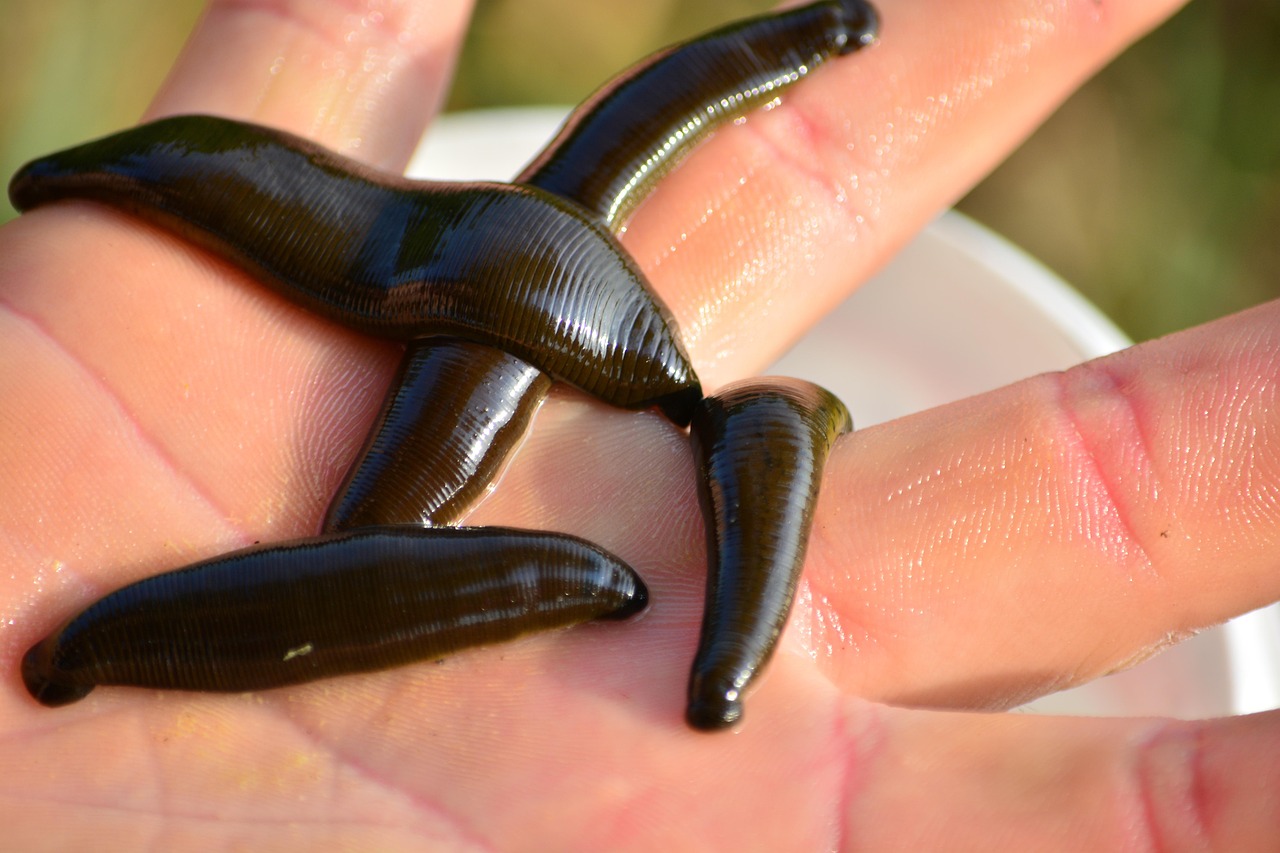
Medicinal leeches became the gold standard of bloodletting because of their remarkable biological design. These segmented worms possess three jaw-like structures lined with tiny teeth that create a precise Y-shaped incision. Their saliva contains powerful compounds including hirudin, a natural anticoagulant that prevents blood from clotting during feeding.
European physicians developed an almost romantic relationship with these creatures, housing them in special jars and treating them like precious medical instruments. A single leech could consume up to five times its body weight in blood, making them incredibly efficient at their job. The demand became so intense that leech populations in European waters nearly collapsed by the 19th century.
The Rise and Fall of Leech Therapy
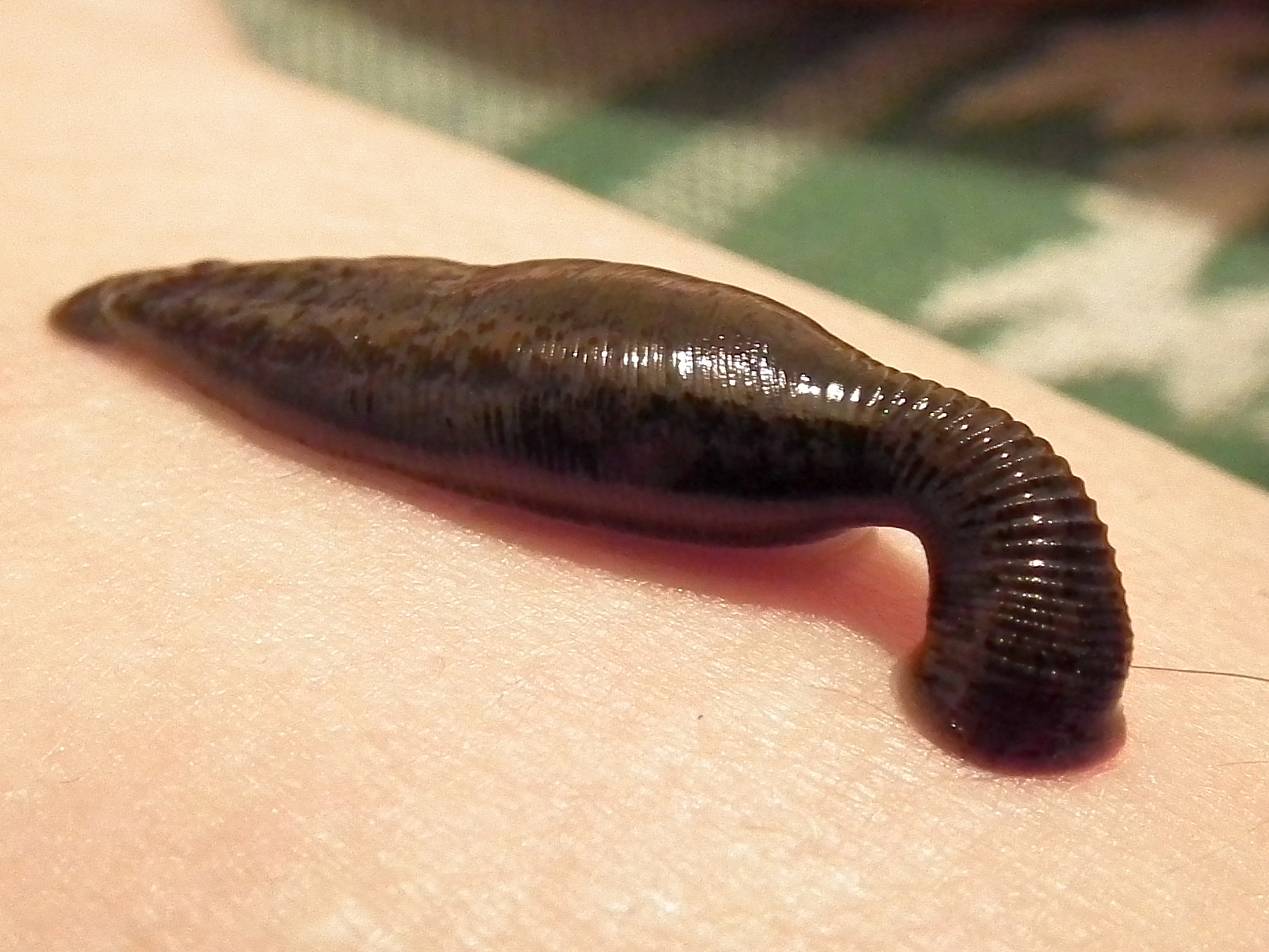
During the height of leech therapy in the 1800s, France alone imported over 40 million leeches annually to meet medical demand. Doctors prescribed leeches for conditions ranging from mental illness to digestive problems, often applying dozens at once to a single patient. The practice became so widespread that “leech collectors” emerged as a distinct profession, wading into marshes and ponds to harvest these valuable creatures.
However, the medical revolution of the late 19th century began exposing the dangers of excessive bloodletting. Patients were dying not from their original ailments, but from severe blood loss and infections caused by the “treatments” themselves. As germ theory gained acceptance and scientific methods improved, the popularity of leech therapy plummeted dramatically.
Lice: The Unwanted Healers
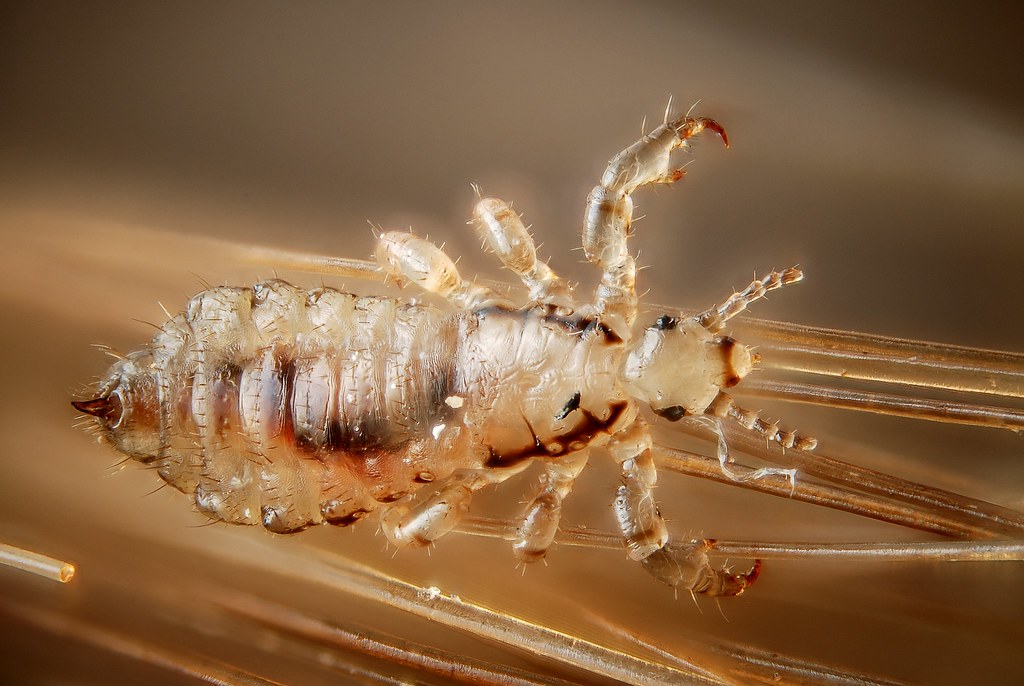
While leeches were deliberately applied, lice presented a more complex relationship with human health. These tiny parasites, though universally despised, occasionally provided unexpected medical benefits. Some historical accounts suggest that certain types of lice infestations may have protected their hosts from more serious diseases, though this remains a topic of scientific debate.
Body lice, in particular, became notorious during wartime for spreading typhus, yet some researchers theorize that long-term lice exposure might have provided limited immunity benefits to certain populations. The relationship between humans and lice stretches back millions of years, creating a complex evolutionary dance that scientists are still trying to understand fully.
Maggot Therapy: Nature’s Wound Cleaners

Perhaps even more unsettling than leeches, medical maggots earned their place in battlefield medicine during World War I. Soldiers noticed that wounds infested with certain fly larvae healed faster and showed less infection than clean wounds treated conventionally. These observations led to the deliberate cultivation of sterile maggots for medical use.
The larvae work by consuming dead and infected tissue while leaving healthy flesh untouched. They also secrete antimicrobial compounds that fight dangerous bacteria, essentially providing a living, breathing wound cleaning service. Though the practice fell out of favor with the advent of antibiotics, maggot therapy has experienced a remarkable renaissance in modern medicine.
The Mosquito’s Malaria Treatment Paradox
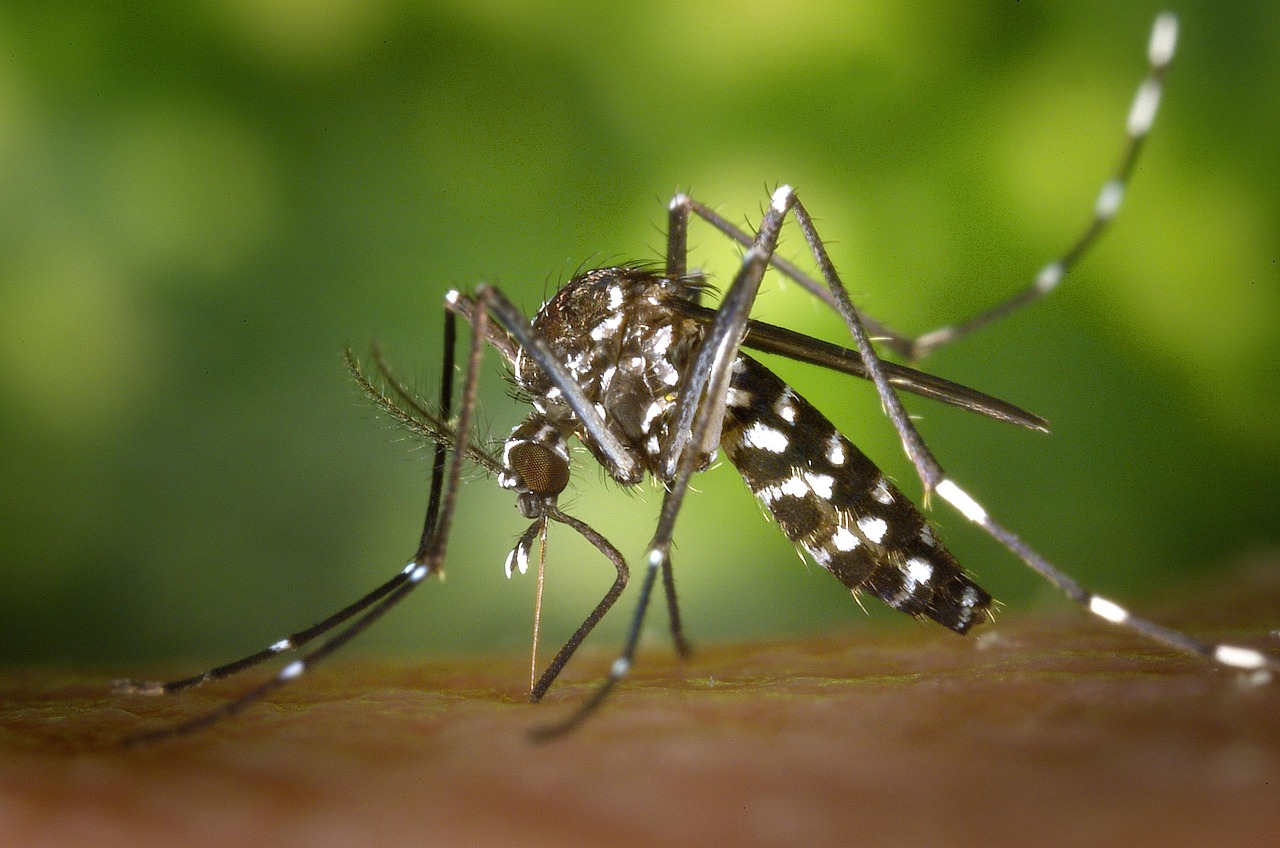
In one of medicine’s strangest chapters, doctors in the early 20th century deliberately infected patients with malaria using mosquitoes to treat syphilis. This shocking treatment, known as malariotherapy, was based on the observation that high fevers could kill the syphilis bacteria. Patients would be bitten by malaria-infected mosquitoes, then treated for malaria after the fever had supposedly cured their syphilis.
Austrian physician Julius Wagner-Jauregg even won the Nobel Prize in 1927 for this treatment, despite its obvious dangers. The practice involved carefully controlling the malaria infection while hoping it would eliminate the more deadly syphilis. Though it saved some lives, the treatment highlighted the desperate measures doctors would take before antibiotics became available.
Bed Bugs and Blood-Based Medicine
Bed bugs, those persistent household pests, also found their way into historical medical practices. Some traditional healers believed that bed bug infestations could draw out illness through regular blood feeding. While this sounds absurd today, it reflects the widespread belief that blood removal could cure various ailments.
Unlike leeches, bed bugs were never systematically cultivated for medical use, but their presence was sometimes tolerated or even encouraged in certain healing traditions. These practices highlight how desperate people became when facing illness without modern medical options, turning to any creature that might offer hope.
Tick Therapy and Traditional Medicine
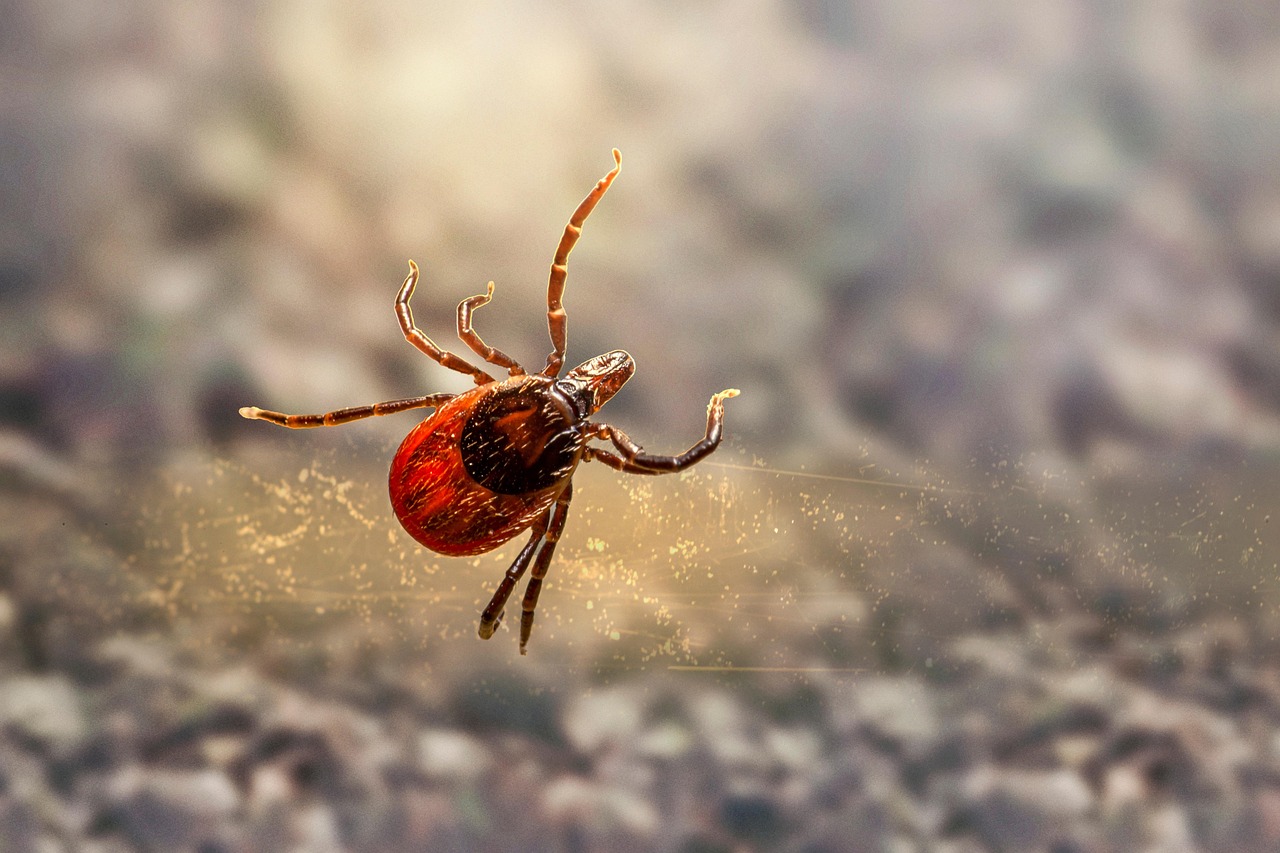
Various cultures incorporated ticks into their healing practices, believing that controlled blood loss through tick bites could treat specific conditions. Some traditional healers would apply ticks to precise locations on the body, similar to acupuncture points, thinking this would target particular ailments. The practice required careful timing – ticks had to be removed before they became fully engorged or transmitted diseases.
While dangerous by modern standards, these practices show how extensively humans experimented with blood-feeding creatures. The precision some healers developed in tick placement suggests a sophisticated understanding of anatomy, even if their underlying theories proved incorrect.
Flea Circuses and Medical Shows
Fleas occupied a unique position in medical history, serving both as entertainers and occasional therapeutic tools. Some practitioners believed that flea bites could stimulate circulation and improve overall health. Flea circuses, popular in the 19th and early 20th centuries, sometimes doubled as medical demonstrations where audiences could observe the “beneficial” effects of controlled parasite exposure.
These shows blended entertainment with pseudoscience, reflecting society’s complex relationship with blood-feeding insects. While primarily theatrical, they reinforced popular beliefs about the healing power of parasites and contributed to the cultural acceptance of such treatments.
The Science Behind Blood-Feeding Healing
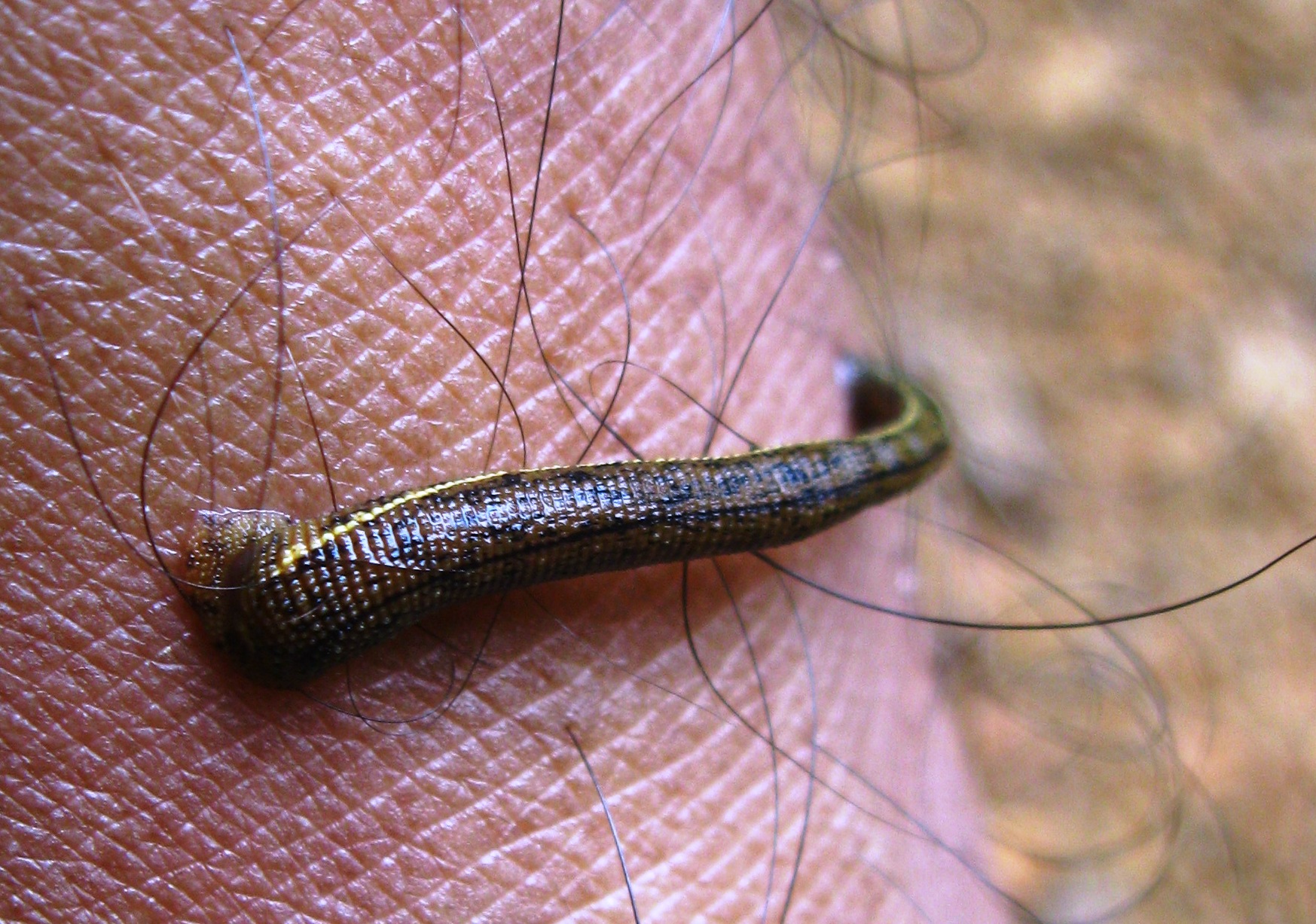
Modern research has revealed why some blood-feeding creatures actually provided legitimate medical benefits. Leech saliva contains over 60 bioactive compounds, including powerful anticoagulants, anesthetics, and anti-inflammatory agents. These substances can improve circulation, reduce swelling, and prevent blood clots – explaining why leech therapy sometimes worked despite flawed medical theories.
Similarly, maggot secretions contain enzymes and antimicrobial compounds that genuinely promote wound healing. The key difference is that modern medicine applies these treatments with scientific precision, understanding the mechanisms involved rather than relying on superstition or tradition.
Modern Medical Applications
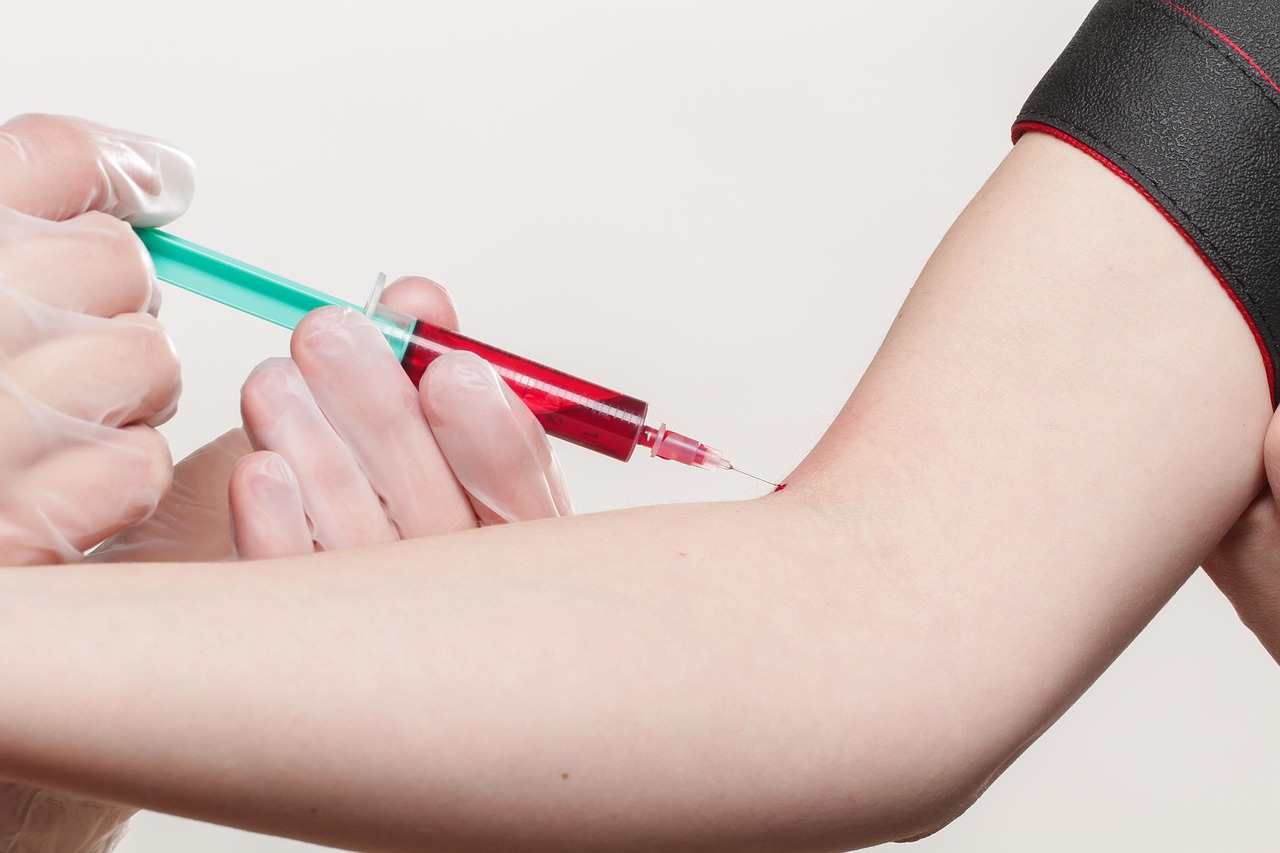
Today’s medical professionals have rescued several blood-feeding creatures from historical obscurity, applying them with scientific rigor. Leech therapy is now FDA-approved for treating venous congestion after reconstructive surgery, helping restore blood flow to reattached limbs and tissue grafts. Hospitals maintain sterile leech colonies specifically for these procedures.
Maggot therapy has similarly found new life in treating diabetic ulcers and other chronic wounds that resist conventional treatment. Medical-grade maggots are raised in sterile conditions and applied under careful supervision, removing the infection risks that plagued historical applications. These modern uses prove that our ancestors weren’t entirely wrong – they just lacked the scientific framework to apply these treatments safely.
The Dark Side of Parasite Medicine
The historical use of blood-feeding creatures caused tremendous suffering alongside occasional benefits. Excessive bloodletting weakened patients who desperately needed their strength to fight illness. Unsterilized leeches and other parasites transmitted dangerous infections, sometimes proving more deadly than the original conditions they were meant to treat.
Many patients died from treatments that modern medicine recognizes as harmful or useless. The popularity of these practices reflects both the limited medical options available and the human tendency to embrace dramatic treatments over patient observation and rest. These historical lessons remind us why evidence-based medicine matters so much.
Cultural Impact and Social Acceptance

The widespread acceptance of parasite-based medicine reveals fascinating insights about historical societies and their relationship with nature. People viewed blood-feeding creatures as part of the natural order, tools that could be harnessed for human benefit rather than simply eliminated. This perspective contrasts sharply with modern attitudes toward parasites and pests.
Social class played a significant role in treatment access – wealthy patients received “premium” leeches and professional application, while poorer individuals often resorted to wild-caught creatures or home remedies. The medical hierarchy extended even to parasites, with certain species considered more prestigious or effective than others. These distinctions reflected broader social inequalities that persisted throughout medical history.
Lessons for Modern Medicine

The history of blood-feeding medical treatments offers valuable lessons for contemporary healthcare. It demonstrates both the importance of scientific methodology and the potential value hidden in traditional practices. While most historical applications were dangerous or ineffective, some contained kernels of truth that modern research has validated and refined.
This history also warns against dismissing treatments simply because they seem unusual or unpleasant. The key lies in rigorous testing and understanding the mechanisms involved. Today’s medical professionals can learn from both the successes and failures of their predecessors, applying scientific principles to separate genuine therapeutic value from dangerous superstition.
The strange saga of medicinal bloodsuckers reminds us that medical progress often takes unexpected paths. While we’ve moved far beyond crude bloodletting and uncontrolled parasite exposure, some of these ancient treatments have found new life under scientific scrutiny. The next time you encounter a leech or recoil from a medical maggot, remember that these creatures once bridged the gap between desperate hope and genuine healing. Their story reflects humanity’s eternal struggle against disease and our willingness to try anything – no matter how unsettling – in pursuit of health. What other seemingly repulsive treatments might hold keys to future medical breakthroughs?

